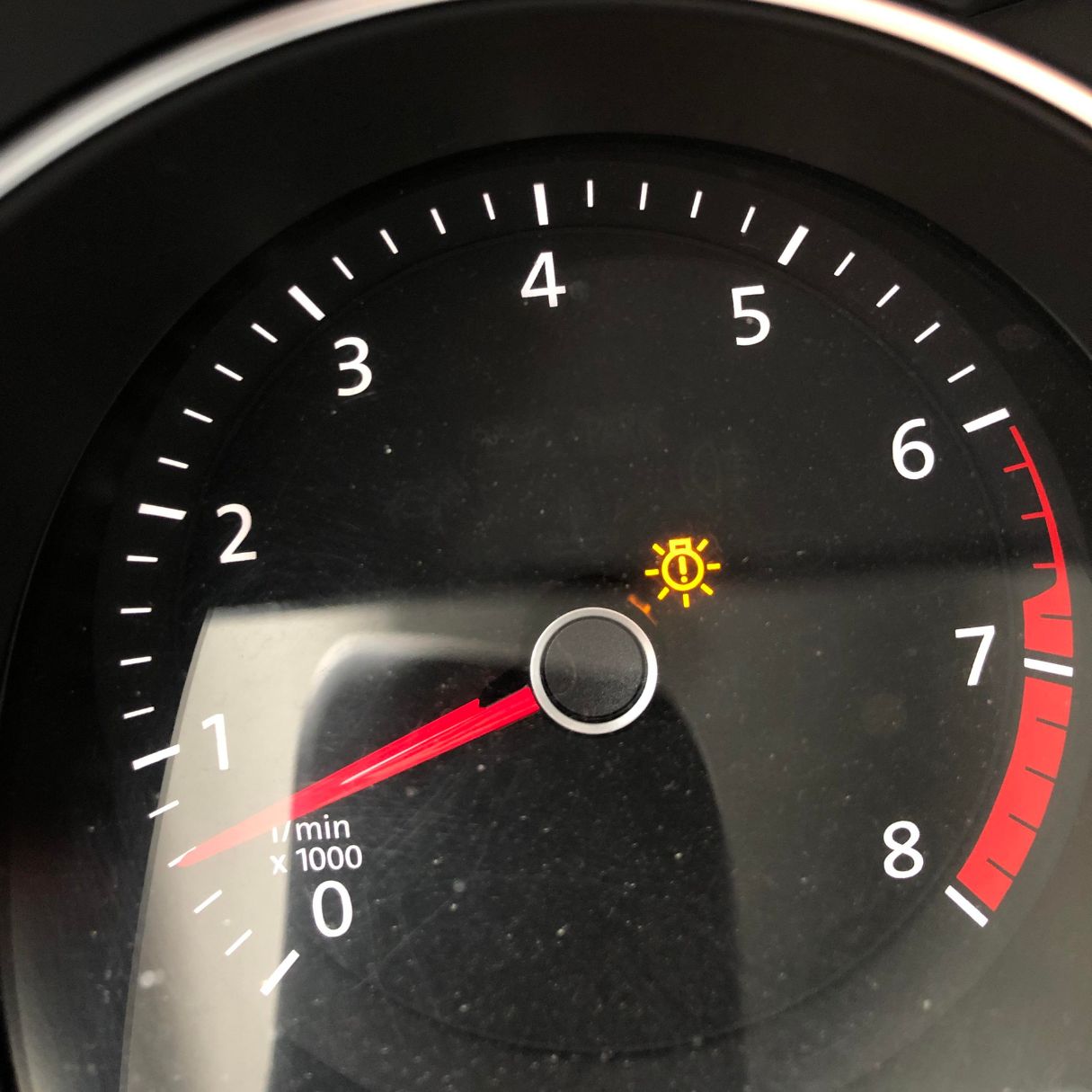

Articles
What Does The Light Bulb On My Dashboard Mean
Modified: March 1, 2024
Learn what the light bulb symbol on your dashboard means in this informative article. Find out how to troubleshoot and fix the issue to ensure your vehicle's safety and performance.
(Many of the links in this article redirect to a specific reviewed product. Your purchase of these products through affiliate links helps to generate commission for Storables.com, at no extra cost. Learn more)
Introduction
Have you ever glanced at the dashboard of your car and noticed a mysterious icon that looks like a light bulb? You’re not alone. Many drivers find themselves puzzled by these dashboard symbols, unsure of what they mean and whether they should be concerned.
Understanding the icons on your car’s dashboard is crucial for ensuring your safety and the proper functioning of your vehicle. In this article, we will delve into the meaning of the light bulb symbol and shed light on its significance.
When a light bulb icon appears on your dashboard, it typically indicates an issue with one or more of your vehicle’s lights. Whether it’s a headlight, taillight, brake light, or turn signal, this symbol is designed to alert you to a potential problem that requires your attention.
While it may seem like a minor inconvenience or an aesthetic concern, ignoring a light bulb warning could have serious consequences. Not only does it compromise your visibility on the road, but it can also result in a traffic violation or even an accident. Therefore, it’s essential to understand the meaning behind this symbol and take appropriate action.
Next, let’s explore some of the common light bulb indicators that you may encounter on your car’s dashboard.
Key Takeaways:
- Understanding dashboard symbols like the light bulb icon is crucial for vehicle safety. Promptly addressing lighting issues can prevent accidents and ensure optimal visibility on the road.
- The color of the light bulb symbol on your dashboard provides valuable information about the urgency of the issue. Yellow or amber indicates a non-critical problem, while red demands immediate attention to avoid compromising safety.
Read more: What Does A Dimmable Light Bulb Mean?
Understanding Dashboard Icons
Modern vehicles are equipped with a range of dashboard icons that serve as visual indicators of various functions and systems within the car. These icons are designed to provide essential information and alerts for drivers to ensure the safe operation of their vehicles.
Dashboard icons are typically displayed in the instrument cluster of the car, positioned in front of the driver for easy visibility. They are often illuminated when a particular system or component requires attention or is not functioning properly.
It’s important to familiarize yourself with these icons and their meanings to quickly identify any potential issues and take appropriate action. Ignoring or misinterpreting these symbols can lead to costly repairs or, worse, accidents on the road.
Most dashboard icons are universally recognized and follow common conventions across different car manufacturers. However, it’s always advisable to consult your vehicle’s owner’s manual for specific details about the symbols and their corresponding meanings.
Now, let’s focus on the light bulb symbol and its significance in your car’s dashboard.
The Light Bulb Symbol
The light bulb symbol on your car’s dashboard is a representation of the lighting system in your vehicle. It is typically displayed when there is an issue with one of the lights, signaling the need for inspection or repair.
When you see the light bulb symbol illuminated, it’s essential to identify which specific light or lights are affected. This can usually be determined by checking the associated indicators or symbols nearby. Common light bulb indicators include the headlights, taillights, brake lights, turn signals, and indicator lights.
If the light bulb symbol remains illuminated continuously, it indicates a persistent issue that requires immediate attention. On the other hand, if the symbol flashes intermittently, it may suggest a temporary fault or a loose connection.
In some cases, modern vehicles are equipped with advanced lighting systems that can detect and indicate specific problems. For example, if a headlight bulb is blown or a brake light is not working, the dashboard may display a message or provide additional details about the malfunction.
It’s important to note that the light bulb symbol may differ slightly in appearance depending on the make and model of your car. However, the general concept remains consistent across vehicles.
Now that we have a better understanding of the light bulb symbol, let’s explore some of the common light bulb indicators and their meanings.
Common Light Bulb Indicators
When it comes to the light bulb symbol on your car’s dashboard, there are several common indicators that you may encounter. Each of these indicators corresponds to a specific light or lighting system in your vehicle. Let’s take a closer look at some of these indicators and their meanings:
- Headlight Indicator: This indicator typically resembles a small lamp or a headlamp beam. When this icon is illuminated, it usually indicates a problem with one or both of your headlights. It could be a burnt-out bulb, a loose connection, or a faulty headlight switch.
- Taillight Indicator: The taillight indicator is represented by a similar icon but with the rear of the car highlighted. If this light bulb symbol appears on your dashboard, it suggests an issue with one or more of your taillights. It could be a blown-out bulb, a broken wire, or a malfunctioning taillight assembly.
- Brake Light Indicator: This indicator is usually depicted as a lamp with an exclamation mark inside a circle. When this symbol lights up, it typically means there is a problem with your brake lights. This could be due to a burnt-out brake light bulb, a faulty brake light switch, or a problem with the wiring.
- Turn Signal Indicator: The turn signal indicator is represented by arrows pointing left and right. If this symbol flashes rapidly or remains steady, it signifies an issue with your turn signal lights. It could be a blown-out bulb, a malfunctioning flasher relay, or a broken turn signal switch.
- Indicator Lights Indicator: Some vehicles have a separate indicator for the various warning lights on the dashboard, such as the check engine light, ABS light, or airbag light. When this icon illuminates, it suggests a problem with one or more of these warning lights. This could indicate a faulty bulb, a sensor issue, or a problem with the warning light system itself.
It’s important to address any issues with these light bulb indicators promptly. Properly functioning lights are essential for your safety on the road, as well as for the visibility of your vehicle to other drivers.
Now that we’ve covered the common light bulb indicators, let’s dive deeper into what the different colors of these indicators mean.
If the light bulb on your dashboard is illuminated, it typically means there is an issue with one of your vehicle’s exterior lights. Check all your lights (headlights, taillights, brake lights) to identify and replace any burnt-out bulbs.
What the Different Colors Mean
When it comes to dashboard icons, the color of the light bulb symbol can provide valuable information about the severity and urgency of the issue. Here is a breakdown of what the different colors typically indicate:
- Yellow/Amber: A yellow or amber light bulb symbol usually signifies a non-critical issue or a warning. It’s an indication that there is a problem with one of the lights in your vehicle, but it does not require immediate attention. While you should address the issue as soon as possible, you can typically continue driving safely until you can have it repaired.
- Red: A red light bulb symbol is more serious and demands immediate attention. It indicates a critical issue with one or more of your vehicle’s lights. Ignoring a red light bulb warning can compromise your safety on the road and may even result in a traffic violation. It’s crucial to stop and assess the problem before continuing to drive.
- White/Clear: Sometimes, the light bulb symbol may appear white or clear. This usually indicates a potential fault in the lighting system, but it may not be as urgent or critical as a red warning. It’s still important to have the issue diagnosed and repaired, but you can usually continue driving with caution until you can address it.
- Flashing: If the light bulb symbol is flashing or blinking, it typically suggests an intermittent issue or a loose connection. This could mean that one of the light bulbs is on the verge of burning out or there is a faulty connection. While not an immediate cause for panic, it’s advisable to have the problem investigated and resolved as soon as possible.
Understanding the different colors of the light bulb symbol can help you assess the urgency of the situation and take appropriate action. Remember, it’s always best to consult your vehicle’s owner’s manual for specific details about the dashboard symbols and their meanings.
Now, let’s explore some of the possible causes of the light bulb indicator and their potential solutions.
Read more: What Does A Red Light Bulb Mean
Possible Causes and Solutions
When the light bulb symbol appears on your car’s dashboard, it indicates an issue with one or more of your vehicle’s lights. Here are some common causes of the light bulb indicator and their potential solutions:
- Blown-Out Bulb: One of the most common reasons for the light bulb symbol to illuminate is a burnt-out bulb. This can happen to any of your vehicle’s lights, including headlights, taillights, brake lights, or turn signals. The solution is to replace the faulty bulb with a new one. Refer to your vehicle’s owner’s manual for instructions on how to access and replace specific bulbs.
- Loose Connection: Sometimes, the light bulb indicator may illuminate due to a loose connection. This can occur if a bulb is not secured properly or if there is a fault in the wiring. To address this issue, make sure the bulb is properly connected and tighten any loose connections. If the problem persists, it’s advisable to have a professional inspect the electrical system to identify and fix any underlying wiring issues.
- Faulty Switch: In some cases, a malfunctioning switch can cause the light bulb symbol to appear. If you suspect a faulty switch, such as a headlight switch or a turn signal switch, it’s best to have a skilled mechanic diagnose and replace the switch as necessary.
- Wiring Problems: Faulty wiring can also lead to the light bulb indicator illuminating. This can be caused by corrosion, damage, or a short circuit in the wiring system. If you suspect wiring issues, it’s crucial to have a professional inspect and repair the wiring to ensure the proper functioning of your lights.
- Other Component Failures: In some cases, the light bulb indicator may be triggered by other component failures, such as a faulty flasher relay or a malfunctioning light control module. If you suspect these components are to blame, it’s recommended to have a trained technician diagnose and repair the specific issue.
Remember, it’s essential to address any issues with the light bulbs promptly. Regularly inspect and replace bulbs as needed to ensure optimal visibility and safety on the road. If you’re unsure about diagnosing or fixing the problem yourself, it’s always best to consult a qualified mechanic or an auto service professional.
Now that we’ve explored the possible causes and solutions for the light bulb indicator, let’s conclude our discussion.
Conclusion
Understanding the dashboard symbols in your car, including the light bulb symbol, is vital for maintaining your vehicle’s safety and functionality. When the light bulb icon appears on your dashboard, it indicates an issue with one or more of your vehicle’s lights.
By familiarizing yourself with the common light bulb indicators and their meanings, you can quickly identify the affected light and take appropriate action. Whether it’s a blown-out bulb, a loose connection, or a faulty switch, addressing the problem promptly is essential for your safety on the road.
Remember that the color of the light bulb symbol can provide valuable information about the urgency of the issue. A yellow or amber light typically indicates a non-critical issue, while a red light demands immediate attention. It’s crucial to stop and assess the problem before continuing to drive if the symbol is red.
There are various possible causes for the light bulb indicator, such as blown-out bulbs, loose connections, faulty switches, wiring problems, or other component failures. The appropriate solutions depend on the specific issue at hand. Replacing bulbs, tightening loose connections, repairing wiring, or replacing faulty components can help resolve the problem and restore the functionality of your lights.
If you’re unsure about diagnosing or fixing the issue yourself, it’s always best to consult a qualified mechanic or an auto service professional. They have the expertise and tools to accurately diagnose and repair any lighting-related problems in your vehicle.
By understanding the light bulb symbol and taking timely action, you can ensure that your lights are working properly and maintain optimal visibility and safety on the road. Regularly inspecting and maintaining your vehicle’s lighting system is key to a safe and enjoyable driving experience.
Now that you have a better understanding of the light bulb symbol on your dashboard, you can confidently navigate through any lighting-related issues that may arise. Stay informed, stay safe, and happy driving!
Frequently Asked Questions about What Does The Light Bulb On My Dashboard Mean
Was this page helpful?
At Storables.com, we guarantee accurate and reliable information. Our content, validated by Expert Board Contributors, is crafted following stringent Editorial Policies. We're committed to providing you with well-researched, expert-backed insights for all your informational needs.
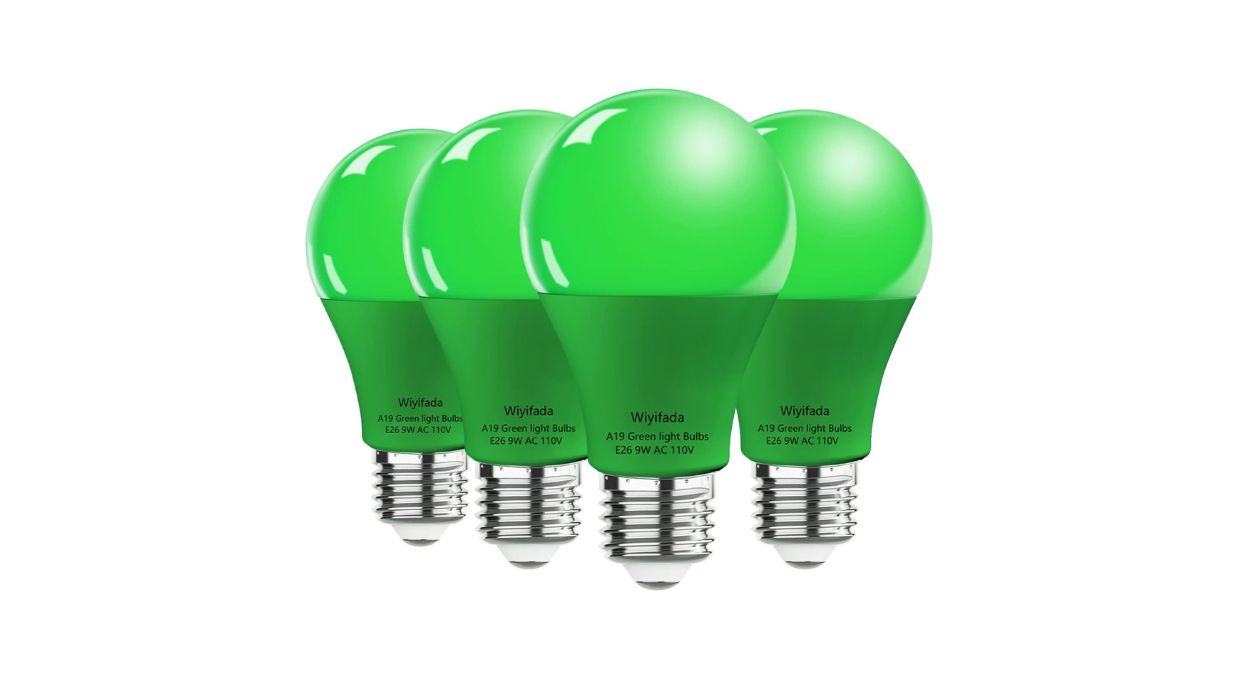



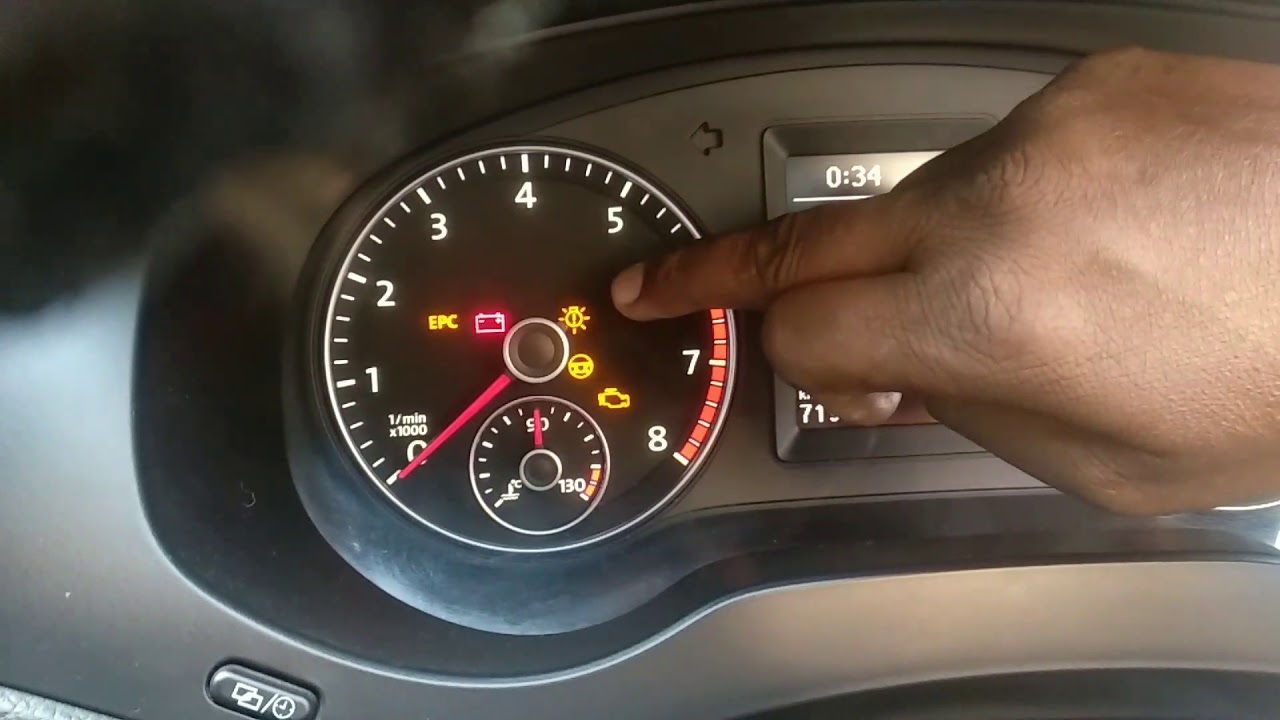
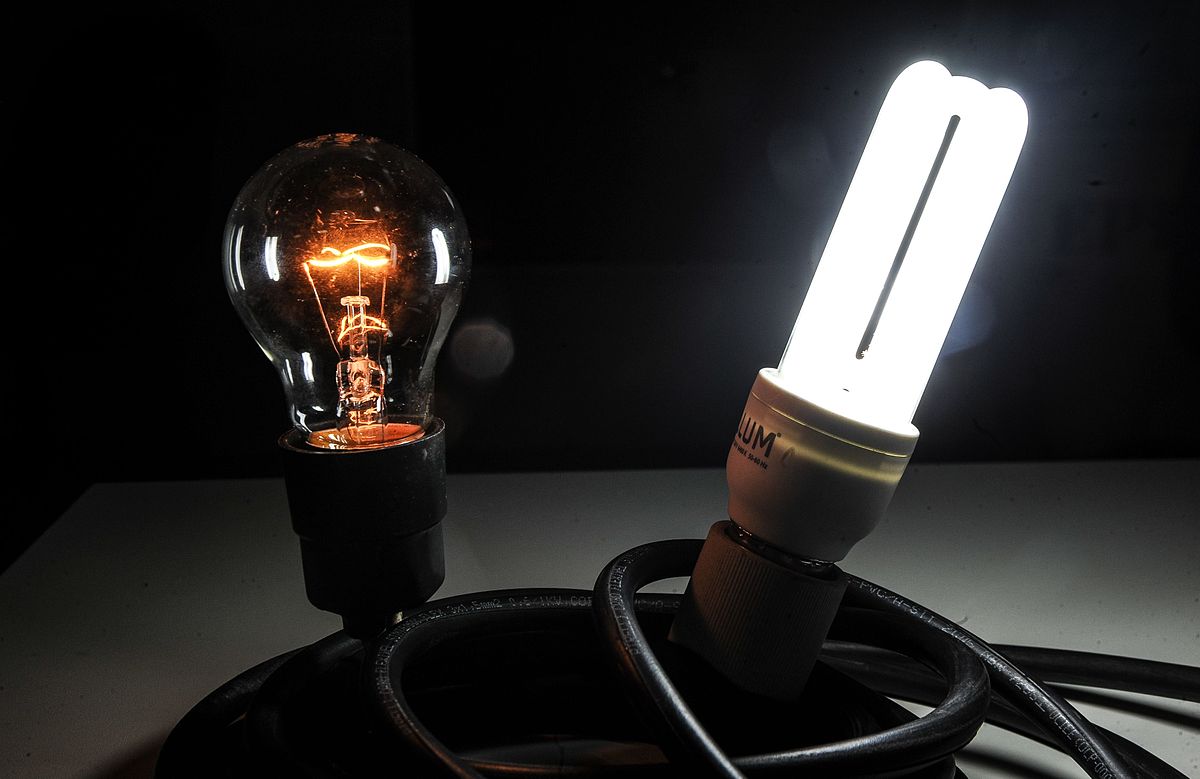
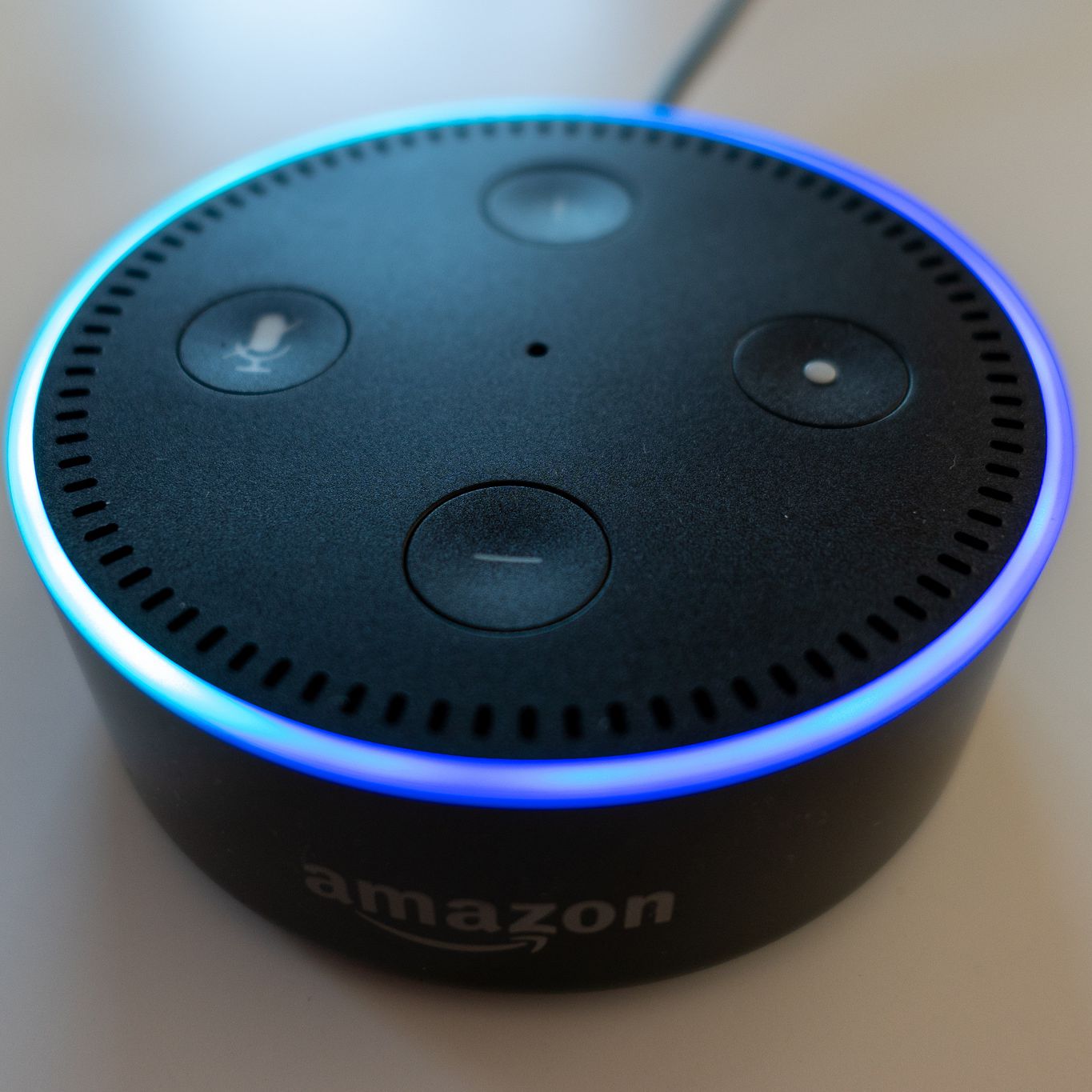


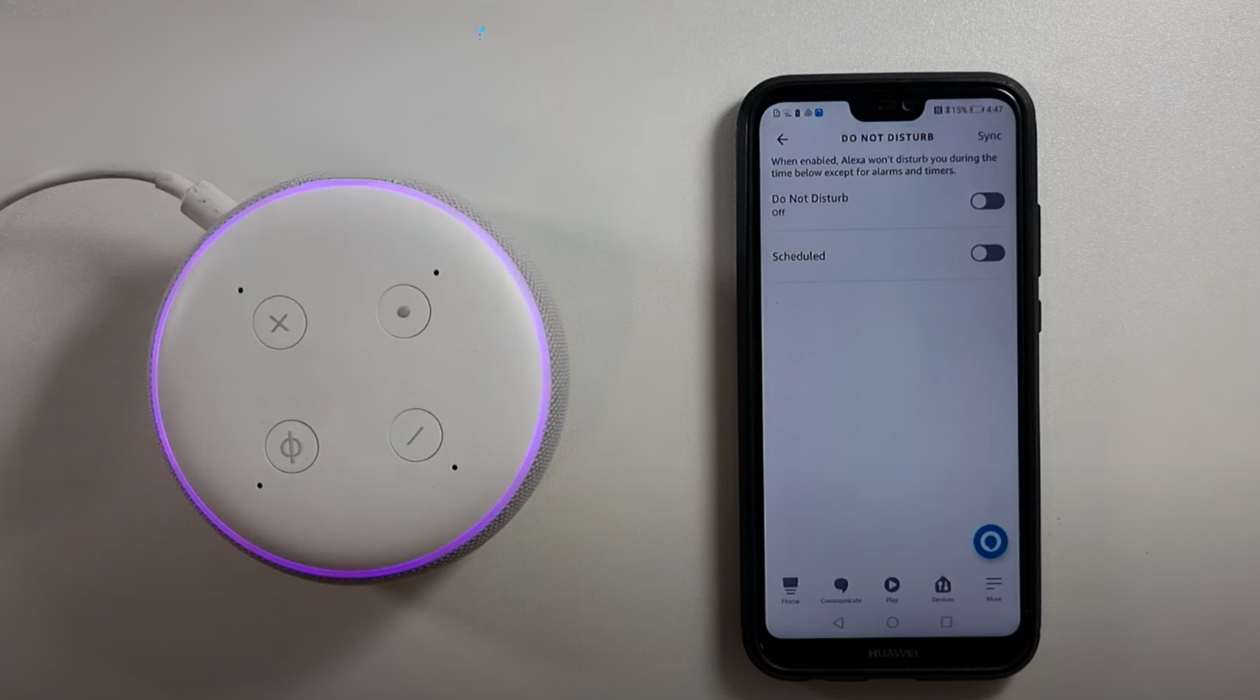


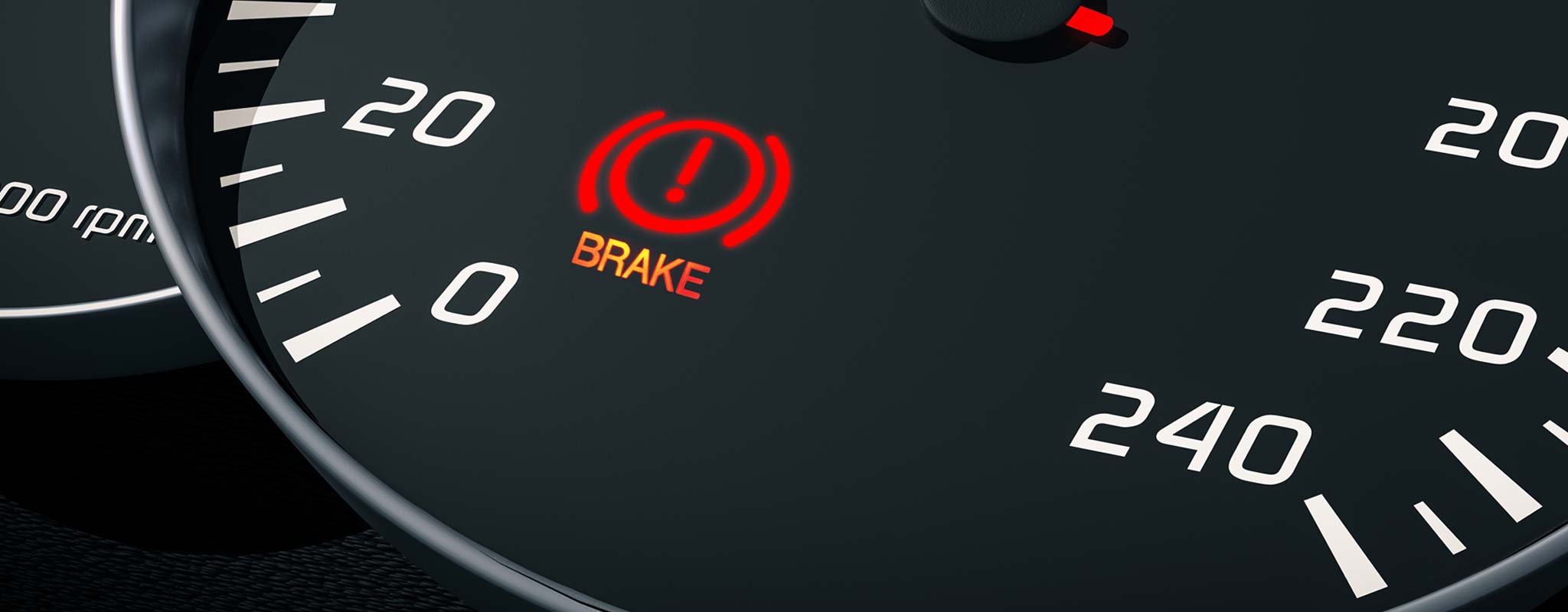
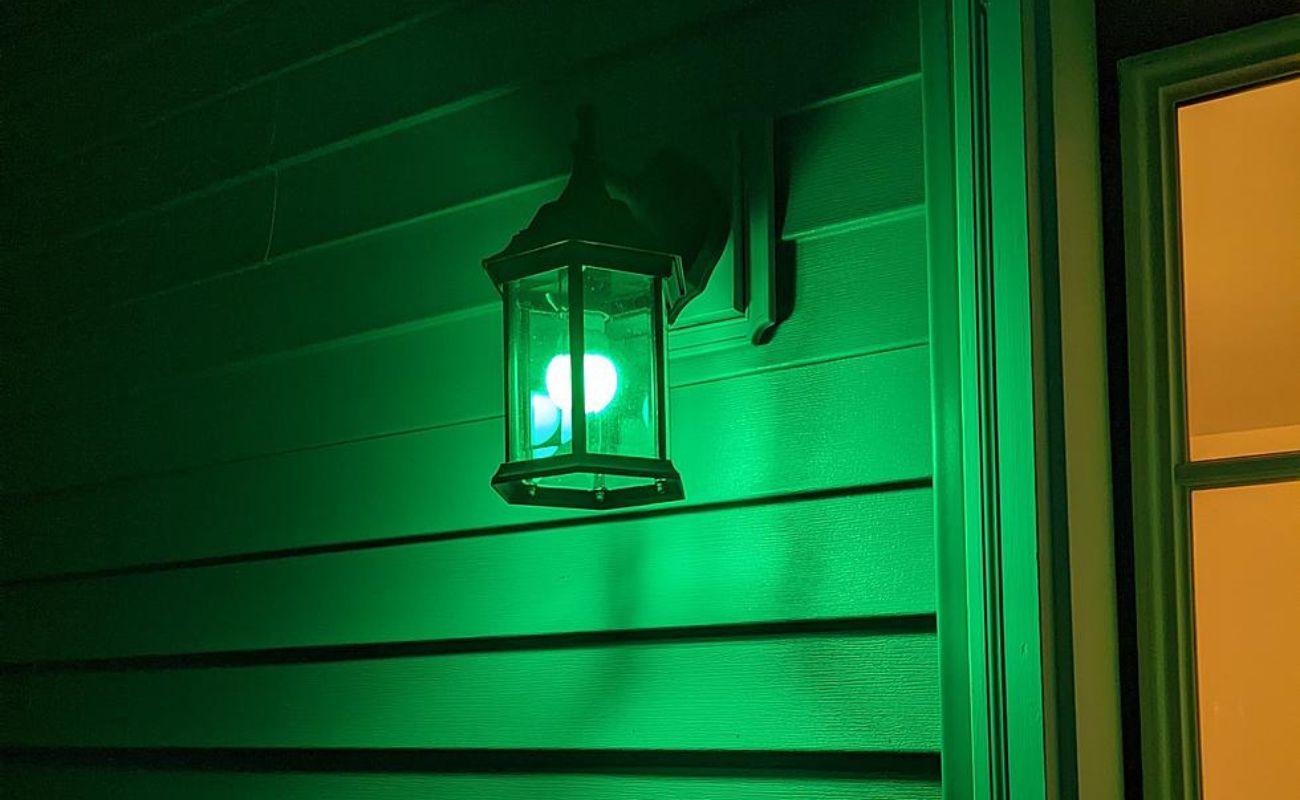

0 thoughts on “What Does The Light Bulb On My Dashboard Mean”